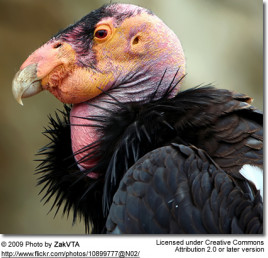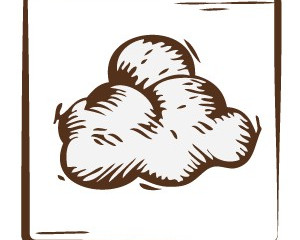PEAC Helping to Protect California Condors
Open gallery

Spent lead ammunition deposited on federal land during hunting seasons poses real threats to many species of wildlife, including California condors and eagles. On September 6, 2011, PEAC, on behalf of our clients–the Defenders of Wildlife, Sierra Club, and Grand Canyon Wildlands Council–sent a 90-day notice letter to the United States Forest Service informing USFS of the clients’ intent to sue if USFS did not take action to address this problem in Arizona, particularly in the Kaibab National Forest, a known foraging area for condors. View a copy of the notice letter.
Spent lead ammunition has long been known to cause harm to wildlife, and birds in particular. In 1991, the federal government completed a phased-in ban on the use of lead ammunition for hunting certain species of waterfowl. And some states have taken action, including California, which in 2008 banned the use of lead ammunition for big-game hunting within the condors’ range. Condors are particularly vulnerable to exposure to lead because they feed on gut piles and abandoned carcasses of animals killed with lead ammunition. It only takes a small amount of lead to poison (and sometimes kill) several condors.

California condors were reintroduced to Arizona in 1996. Prior to this, their numbers had dwindled so drastically that the last condors were taken into captivity to prevent the species from disappearing entirely. The Condor Recovery Program has been successful in breeding and releasing condors into the wild–there are currently approximately 370 condors, about half of which are free-flying. About 70 of the free-flying condors are located in northern Arizona.
Watch a short film that shows the difference between hunting with lead and copper ammunition.

